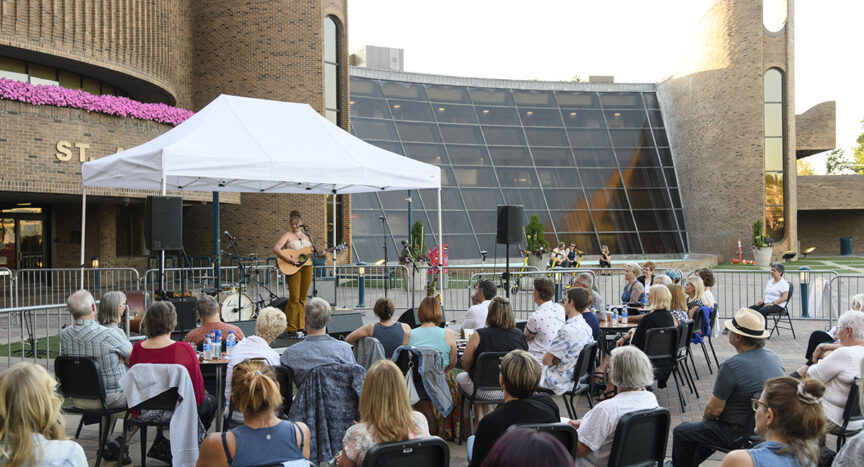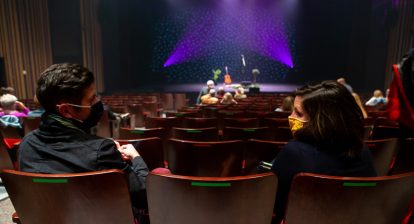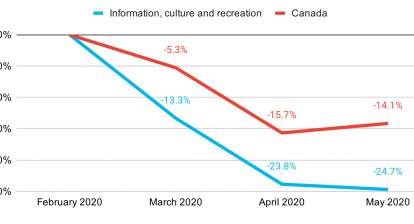It has been quite a while since CAPACOA last reported rejoicing performing arts statistics. Here are fresh and, for the most part, rather exciting ones (for a change).
Strong recovery among presenters in 2022
Statistics Canada recently published a study entitled “Return to life after two years of the COVID-19 pandemic: A look at culture, arts, entertainment and recreation services in 2022”. It paints a heart-warming picture of the last year, notably this highlight:
“The industry with the strongest revenue growth was promoters (presenters) of performing arts, sports and similar events, with an increase of 145.8% in 2022. Increases were seen across all provinces, with the largest revenue growth in Ontario (+241.5%). Salaries for the industry also showed significant growth across the provinces in 2022, increasing by 67.6% at the Canada level.”
Based on the above data (and many other sources), Statistics Canada also released revised economic indicators for 2022 and earlier years. It turns out that the live performance Gross Domestic Product (GDP) in 2022 wasn’t $2.9 billion, but rather $3.3 billion!
Real GDP still on the rise although not fully caught up yet

The real GDP for the live performance domain increased 3.1% during the first quarter of 2023. This was considerably better than the whole economy, which flatlined at 0.2%.
In spite of this very positive news, the live performance real GDP was still 5.3% away from its pre-pandemic level.
Puzzling, isn’t it? How could revenues have more than doubled in 2022, and GDP not increase at the same pace?
Several factors can explain why the live performance GDP still lags a bit:
- Inflation. A dollar in 2022 is worth less than a dollar in 2019 – and performing arts organizations are known to be hesitant at indexing their ticket prices. Are you maximizing your revenues from ticket sales or are you being too prudent with your pricing strategy?
- The costs of touring and presenting have also increased due to inflation. This also affects GDP.
- Sadly, the number of performing arts companies and presenting organizations decreased by 24% between 2019 and 2022, according to statistics recently analyzed by CAPACOA. The fewer organizations, the fewer tickets sold, the lesser the GDP.
This last statistic provides a shocking sense of scope of the tragedy experienced by performing arts organizations throughout the pandemic.
To sum things up…
- There are considerably fewer live performance organizations than before the pandemic.
- But those who managed to weather the storm did remarkably well in 2022 and are still on a growth curve in 2023, in spite of inflation.








